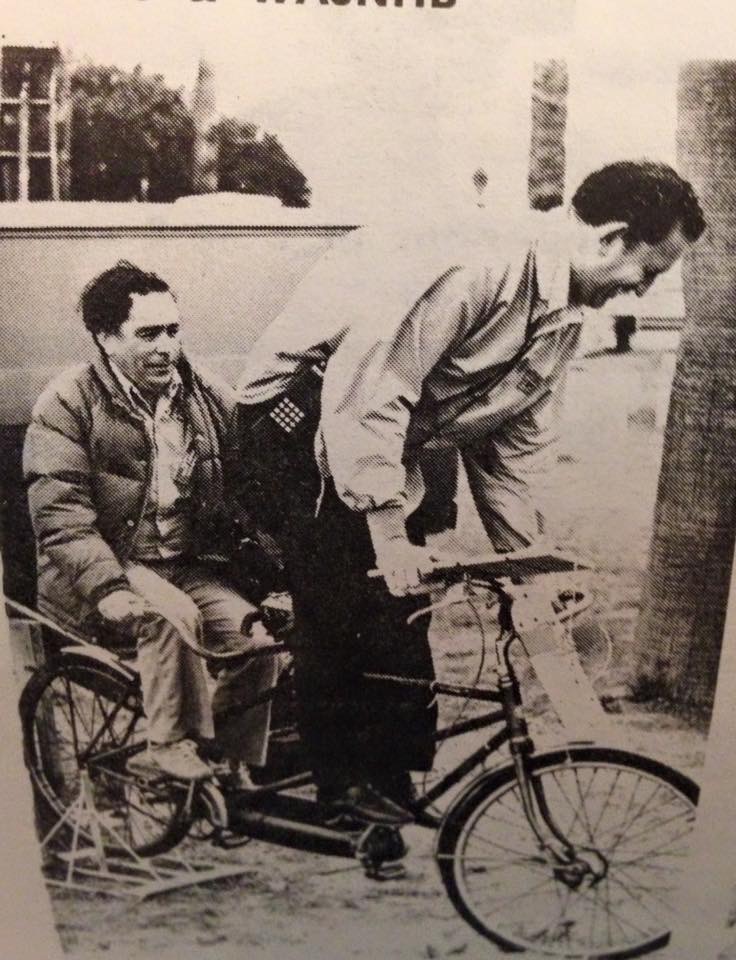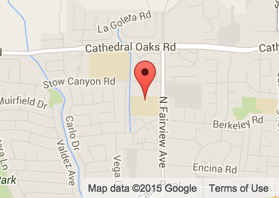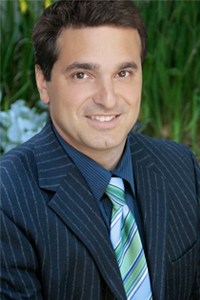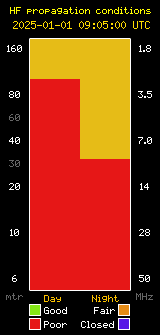Note: The timestamps listed below are best followed by downloading the Mp3 file here and listening with Windows Media Player or similar program.
The Technical Mentoring and Elmering net on Thursday, June 4th yielded 11 check-ins plus net control Dave (K6HWN).
00:08:40 – Gary (KK6KPJ) started the net off with a question about a simple to use 2 m radio without all the bells and whistles. He’s not interested in programming frequencies and memory channels. Several comments were made by Hayden (KK6OYV) and Shackmaster Dave (K6HWN) confirmed Hayden’s point of view that the older the radio the fewer advanced features it’ll have and he mentioned a couple of Yeasu that might work.
00:24:03 – Eric (KG6WXC) wondered how the club station could have so many different radios in use and not interfere with each other. Shackmaster explained that with the casual type of operating done at the station, a really good grounding system, and the antennas in different places that the radios pretty much stayed clear of one another.
00:27:40 – Shackmaster asked Glen (WZ) more about his setup and somehow connecting Lompoc hams to Santa Barbara hams and allowing them to listen in to our nets and communicate with us, etc. Glen has a 220 beam antenna and a new radio at 50 watts and he beams solidly into 224.08. Glen mentioned that he hadn’t had time to consult with some of the local hams there but would at the next club meeting coming up this Saturday so the discussion will continue down the road.
00:31:05 – Ken (KA6KEN) asked questions about using an amplifier in conjunction with a tuner and the procedures necessary to keep the antenna and amplifier tuned as he might transgress the different amateur bands. A lot of valuable information can be learned about this and related subjects including the different types of amplifiers by listening to the audio recording of the net here.
01:00:40 – Gary (KK6KPJ) asked about using an antenna tuner with 2 m radios, say if the antenna were up at 30 ft. or so. Shackmaster has never known or heard of a 2 m antenna tuner. The frequency difference from one end of the band to the other is quite small as compared to HF frequencies so there’s no need to re-tune as you spin the VFO around. You’d pretty much just set it up correctly on the bench, mount the antenna an d go.
As I mentioned before, you can listen to the entire audio archive or go to the approximate time stamp listed at the beginning of each subject. It’s most accurate if you download the .mp3 audio file and play it in Windows Media Player or similar program.
Tune in to the SBARC Technical Mentoring and Elmering Net next Thursday at 8:00 PM or 2000 Hrs and see what interesting questions will arise or ask some of your own! All club members and visitors are encouraged to check in to the Technical Mentoring and Elmering net each week and join in with questions and /or answers to and contribute the knowledge of new and seasoned amateur radio operators alike.
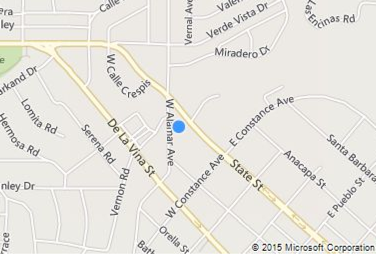 SBARC will participate in Field Day at the club station on Saturday June 27 from 11:00 to at least 18:00. We will NOT be setting up the Rover at the Calle Real Shopping Center.
SBARC will participate in Field Day at the club station on Saturday June 27 from 11:00 to at least 18:00. We will NOT be setting up the Rover at the Calle Real Shopping Center.